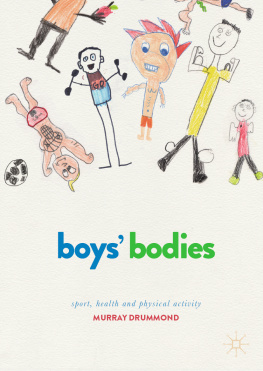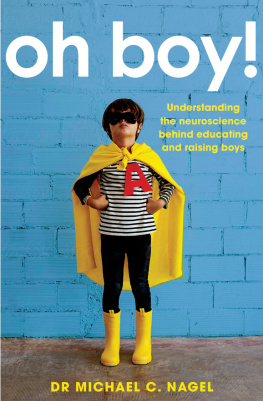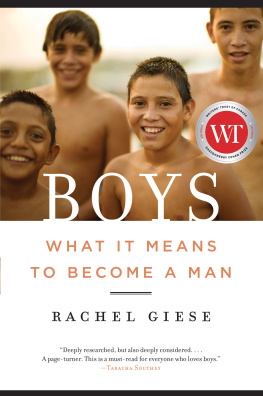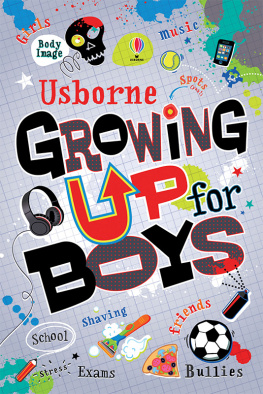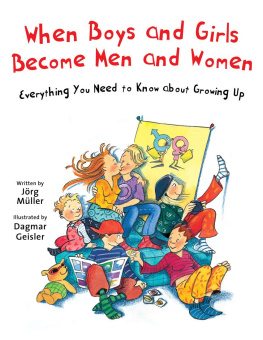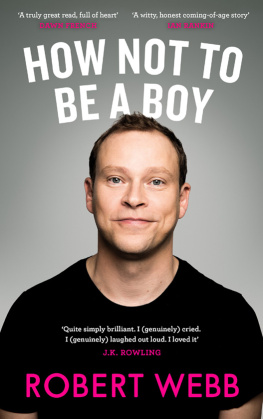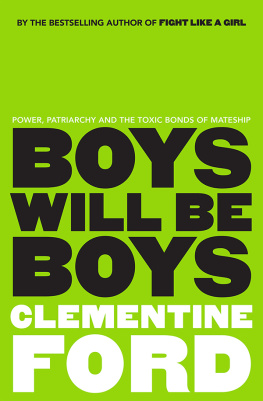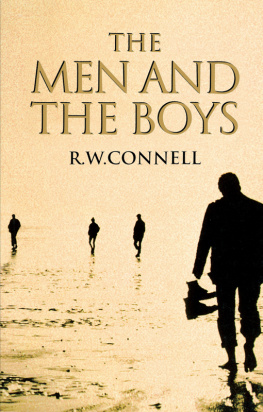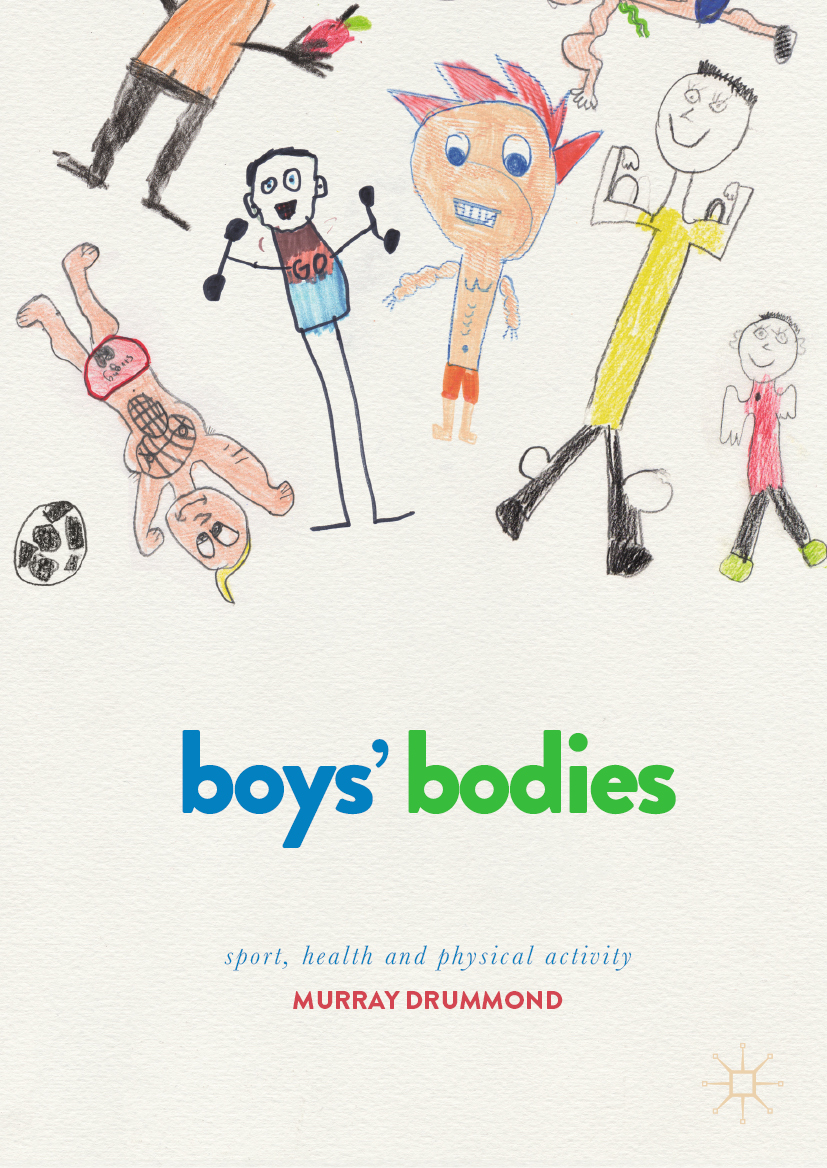Murray Drummond
Adelaide, Australia
ISBN 978-1-137-59653-6 e-ISBN 978-1-137-59654-3
https://doi.org/10.1057/978-1-137-59654-3
The author(s) has/have asserted their right(s) to be identified as the author(s) of this work in accordance with the Copyright, Designs and Patents Act 1988.
The Editor(s) (if applicable) and The Author(s) 2020
This work is subject to copyright. All rights are solely and exclusively licensed by the Publisher, whether the whole or part of the material is concerned, specifically the rights of translation, reprinting, reuse of illustrations, recitation, broadcasting, reproduction on microfilms or in any other physical way, and transmission or information storage and retrieval, electronic adaptation, computer software, or by similar or dissimilar methodology now known or hereafter developed.
The use of general descriptive names, registered names, trademarks, service marks, etc. in this publication does not imply, even in the absence of a specific statement, that such names are exempt from the relevant protective laws and regulations and therefore free for general use.
The publisher, the authors and the editors are safe to assume that the advice and information in this book are believed to be true and accurate at the date of publication. Neither the publisher nor the authors or the editors give a warranty, express or implied, with respect to the material contained herein or for any errors or omissions that may have been made. The publisher remains neutral with regard to jurisdictional claims in published maps and institutional affiliations.
Cover illustrations drawn by research participants
Cover design by Henry Petrides and Oscar Spigolon
This Palgrave Macmillan imprint is published by the registered company Springer Nature Limited
The registered company address is: The Campus, 4 Crinan Street, London, N1 9XW, United Kingdom
Note to Readers
This book draws on material which I previously published in the following articles:
Drummond, M. J. and Drummond, C. (2015). Its all about the six-pack: Boys bodies in contemporary Western culture. Journal of Child Health Care, 19(3) pp. 293303.
Drummond, M. J. and Drummond, C. (2012). Boys and their teeth: A qualitative investigation of boys oral health in early childhood. Journal of Child Health Care, 16(3) pp. 284292.
Drummond, M. J. (2012). Boys bodies in early childhood. Australasian Journal of Early Childhood, 37(4) pp. 107114.
Personal Reflections
My Interest in Sport, Bodies and Masculinity
Sport has always been a natural part of my life. While clich, I cannot remember a time without sport. It has defined me a person and as a man. From my earliest memories, sport has been central to my identity. Much of my childhood was spent playing competitive sport; otherwise, it was playing ad hoc sports with friends using made up rules or, for example, surfing, wind-surfing and jetty jumping. While other children were learning to read through age-appropriate storybooks and novels, I was reading sporting records and almanacs. A specific Christmas present that I requested each year was the Guinness Book of World Records, such was my thirst for knowledge around sporting competition and records. Now in my early 50s, sport and competition continue to play a significant role in my life and have framed the way in which I exist. Indeed, I am a Professor of Sport, Health and Physical Activity at a tertiary institution educating others on the virtues of sport and physical activity, and providing them with the opportunity to seek employment as professionals and educators in this field.
As I reflect on the meaning of sport to me as child, I can now see that I was different to most of the other children with whom I participated in junior sports. For many, participation was the key. While I enjoyed engaging and being with my friends, competition and winning were central to my involvement and satisfaction. I relished coaches demanding us to play hard, particularly when they enthusiastically raised their voices pre-game to challenge us to compete at our best. These were the exciting aspects of sport that I craved, together with the physicality and sense of belonging that came with being accomplished at an activity.
I was particularly gifted at the traditional masculinised sports of Australian football and cricket, playing both of these sports at regional representative level and then choosing cricket as my primary sport where I represented my state at secondary school level. However, following an injury, coupled with my interest in team-based sports beginning to wane, I focused my attention on an individual sport where I would become the sole destiny of my success or failure. The sport of triathlon was new and emerging and exciting. It offered me the chance to engage in a sport where I could reinvent myself and find an alternative masculine identity using my body in an entirely new way. Despite the change in sports, the transition was not seamless in terms of my decision-making process. Cricket had been a major part of my life since early childhood. It also helped me forge a wonderful relationship with my father from boyhood through to adulthood. Therefore, leaving the sport behind was a pivotal point in my life, which could have only occurred at a time in my life when I felt adult enough to walk away.
Cricket became my primary focus of sporting attention, but an unfortunate injury curtailed any chance of a career in that direction. As a consequence, I took up running which soon led to triathlon. Despite beginning the sport at 20 years of age, I was determined to be successful. Once again my parents were entirely supportive. However, I have never felt comfortable, nor come to terms, with giving up cricket knowing the pleasure my father gained from watching me perform well. Together we forged a strong relationship through this sport, which I initially thought might diminish on leaving. Fortunately, I was wrong and we are now closer than ever before, but I occasionally contemplate what might have been had I continued and made it to national level. I did, however, make it to national level in triathlon, which pleased both my parents, yet being such a new sport, without tradition and without many past athletes to gauge performances by, this new sport lacked the closeness and intimacy the others had provided. Thus they became mere supportive observers as a consequence of the difficulty in understanding my motives for wanting to participate in such a demanding sport. Still, they knew it was something in which I wanted to be involved and successful.
(Drummond, 1996)
The extract above is a quote taken from my Ph.D. that was completed in 1996. Since that time my father has passed away, I have been married for 22 years and have a 19-year-old daughter and a 16-year-old son. In 1997, I secured an academic lecturing position as a sport and health sociologist within a sport science degree in Adelaide, South Australia. Twelve years later, in 2009, I was provided the opportunity to establish, and become the director of, a sport-based research centre at an alternative university in South Australia, where I have been employed for the past 10 years. While a number of things in my life have changed since writing this extract, I have continued to research and write in the area of masculinities in sport, health, physical activity and body image.

